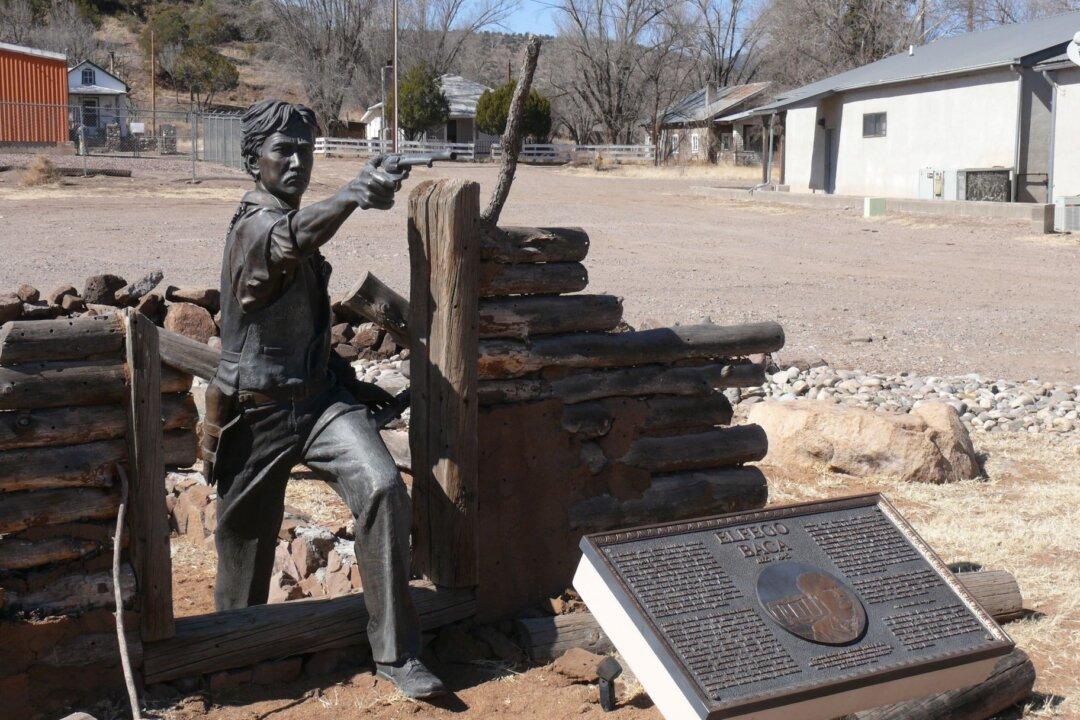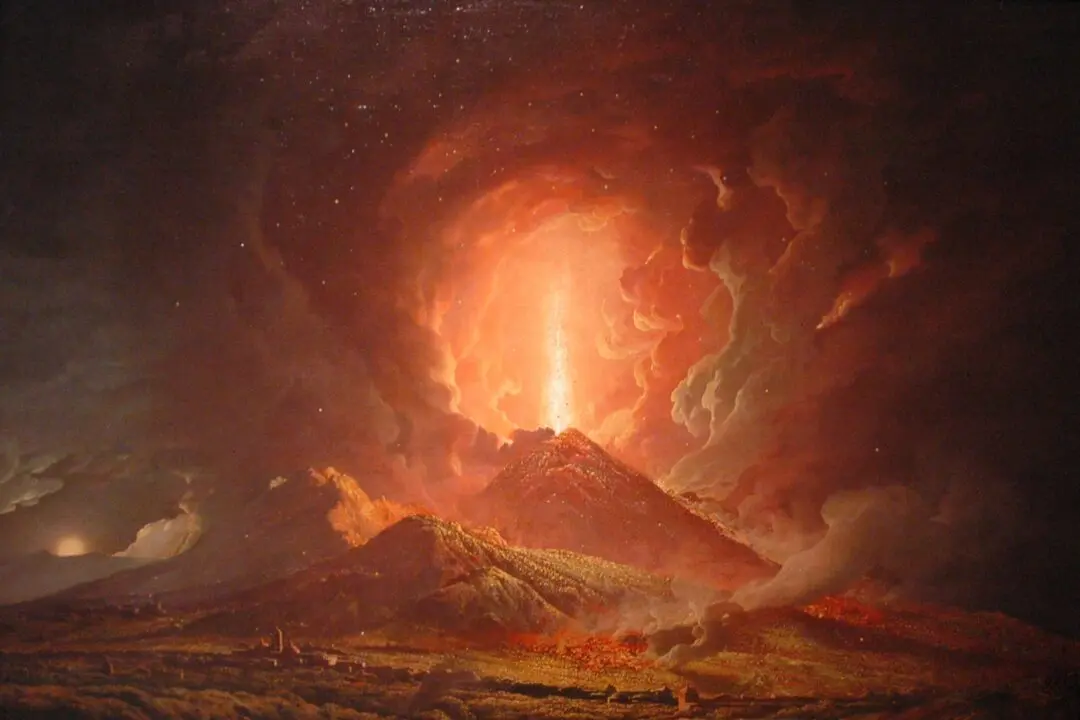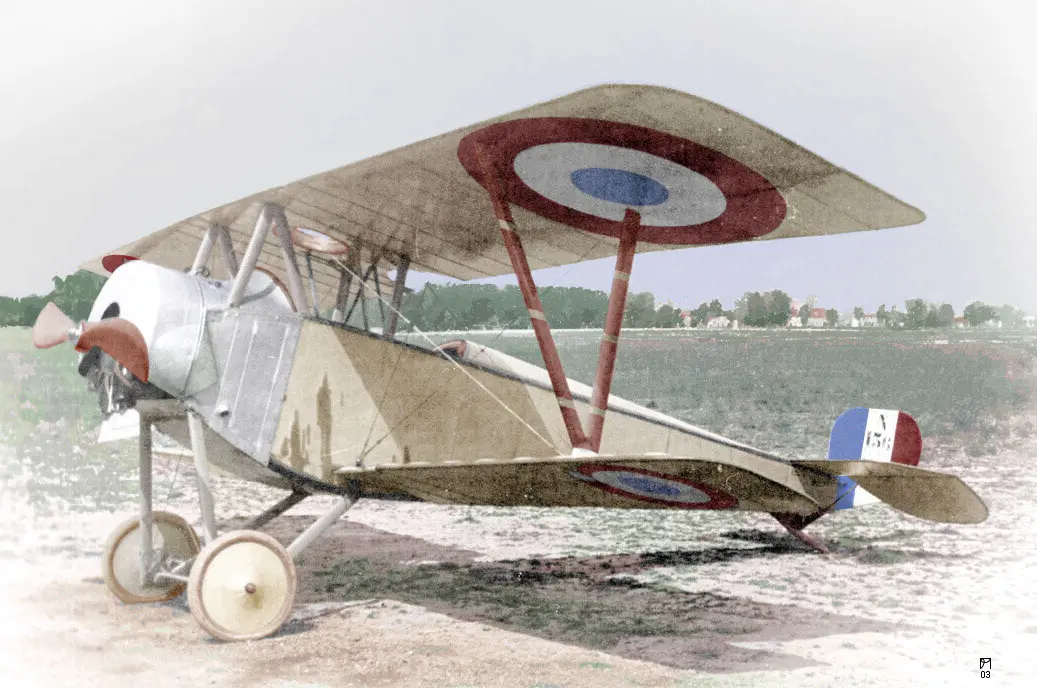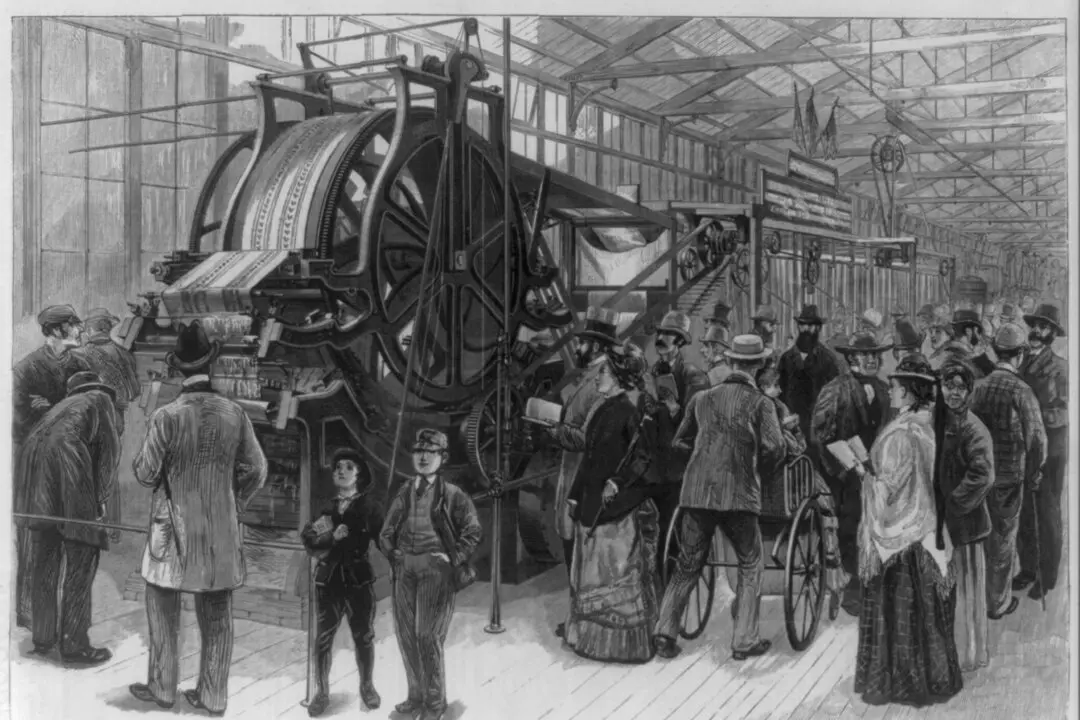Mexican American lawman Elfego Baca (1865–1945) made a name for himself in New Mexico by protecting his fellow Hispanic Americans from the rough and tumble cowboys of the Wild West.
His life is the stuff of legends. Baca was born in 1865 in Socorro, in the New Mexico territory, while his pregnant mother Juana Baca was playing an early Mexican version of softball. She jumped into the air and landed hard, sending newborn Baca onto the field to join the game.






